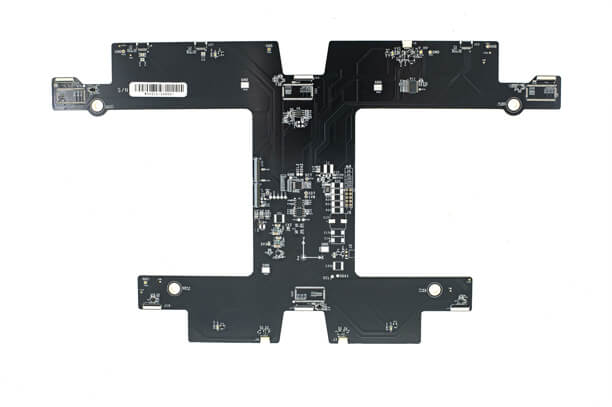Fastlink Electronics Through Hole PCB Assembly Supplier

Termékleírás
Our DIP process workers are rich experienced with a variety of products. They can solder them very beautifully.
Through hole assembly is used in many fields. The time and money required to complete an through hole mount PCB Assembly makes it especially popular for large equipment applications such as transformers, semiconductors and electrolytic capacitors.
Also because of its characteristics, it can provide sufficient safety for those equipment that must withstand high levels of mechanical or environmental pressure as well as high power and high pressure conditions.
Through hole pcb assembly supplier Fastlink Electronics has invested in the most advanced welding and assembly tools available on the market today with the aim of providing better service to our diverse customer base, choosing us is choosing success.
What Are The Applications For Through-hole PCB Assembly?
Through-Hole PCB Assemblies are widely used in military and aerospace products for extreme acceleration, collision, or high temperatures. Because of pcb manufacturing and assembly ability to withstand higher environmental stresses, they are suitable for high-reliability products requiring stronger interlayer bonding.
In addition, through-hole PCB Assemblies are used in testing and prototyping applications, especially for products that require manual adjustments and replacement of components.
Through Hole Pcb Assembly Design Process
The through-hole PCB fabrication and assembly design process involves several steps to ensure proper component placement and secure soldering. When working with a reliable service provider like Fastlink Electronics in China, the following steps are typically followed:
Component Placement: The first step is to determine the optimal placement of through-hole components on the PCB. This includes selecting appropriate footprints and considering factors such as component height and spacing.
Drilling and Plating: After component placement, holes are drilled in the PCB at designated locations. The holes are then plated to ensure proper electrical conductivity and connection between layers.
Component Insertion: Through-hole components are inserted into the pre-drilled holes on the PCB. The leads of the components extend through the board.
Wave Soldering: The PCB is passed through a wave soldering machine, where a wave of molten solder is used to solder the through-hole components. The solder forms strong electrical and mechanical connections between the component leads and the PCB.

